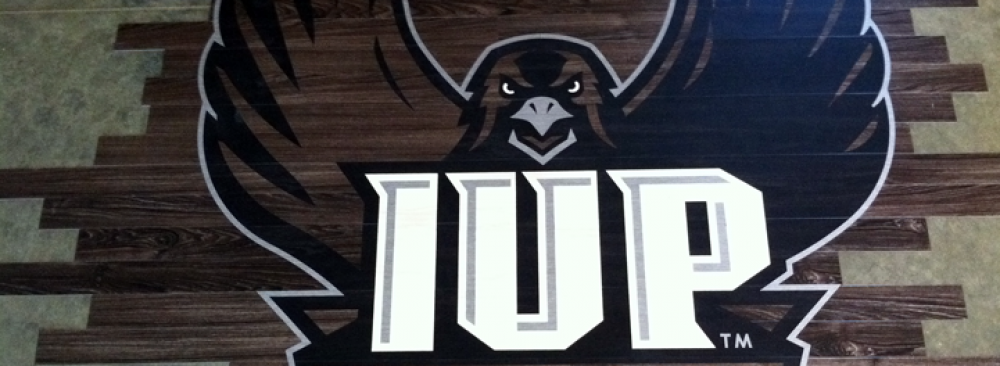Water jet cutters are used to cut through some of the toughest materials. Metal, for instance is easily cut using water jet cutting. In this process, water is pushed through a small orifice at high pressure allowing the water to cut through the metal. The question begs to be asked, ‘How thick a metal piece can water really cut?’ This blog post attempts to answer this question and more.
Factors That Determine Cutting Thickness
Several factors play a role in determining the thickness of the material to be cut. Mentioned below are two main factors:
- Material Being Cut
The type of material being cut plays an important role in determining how thick the cut will be. Softer materials can be cut more easily than harder materials. Hence, the depth of the cut in soft materials will be more. In other words, if the duration and water pressure is the same, a bigger piece of a soft material can be cut as compared to a hard material. - Duration
Time is the most important factor to consider in this process. If enough time is taken, the water jet machine can cut very thick pieces of a material. For example, a theoretical explanation for the creation of the Grand Canyon is water jet cutting. In theory, water has passed through at high speeds resulting in cutting of the rocks and creation of the Grand Canyon. Hence, theoretically, if we had infinite time, we could cut through an infinite thickness of metal.
In practical application, given budget constraints, most water jet cutting service providers do not prefer to cut metals that are more than 3″ thick. If thicker materials have to be cut, then the time taken to cut these materials will increase.
Using water to cut metals is an extremely safe and efficient process. Since there is no heat involved, there is very little chance of the material being warped during the process. Hence, this method can offer better results than others can. Before beginning the process, the material, machine, pressure, time, and other factors should be carefully considered.







